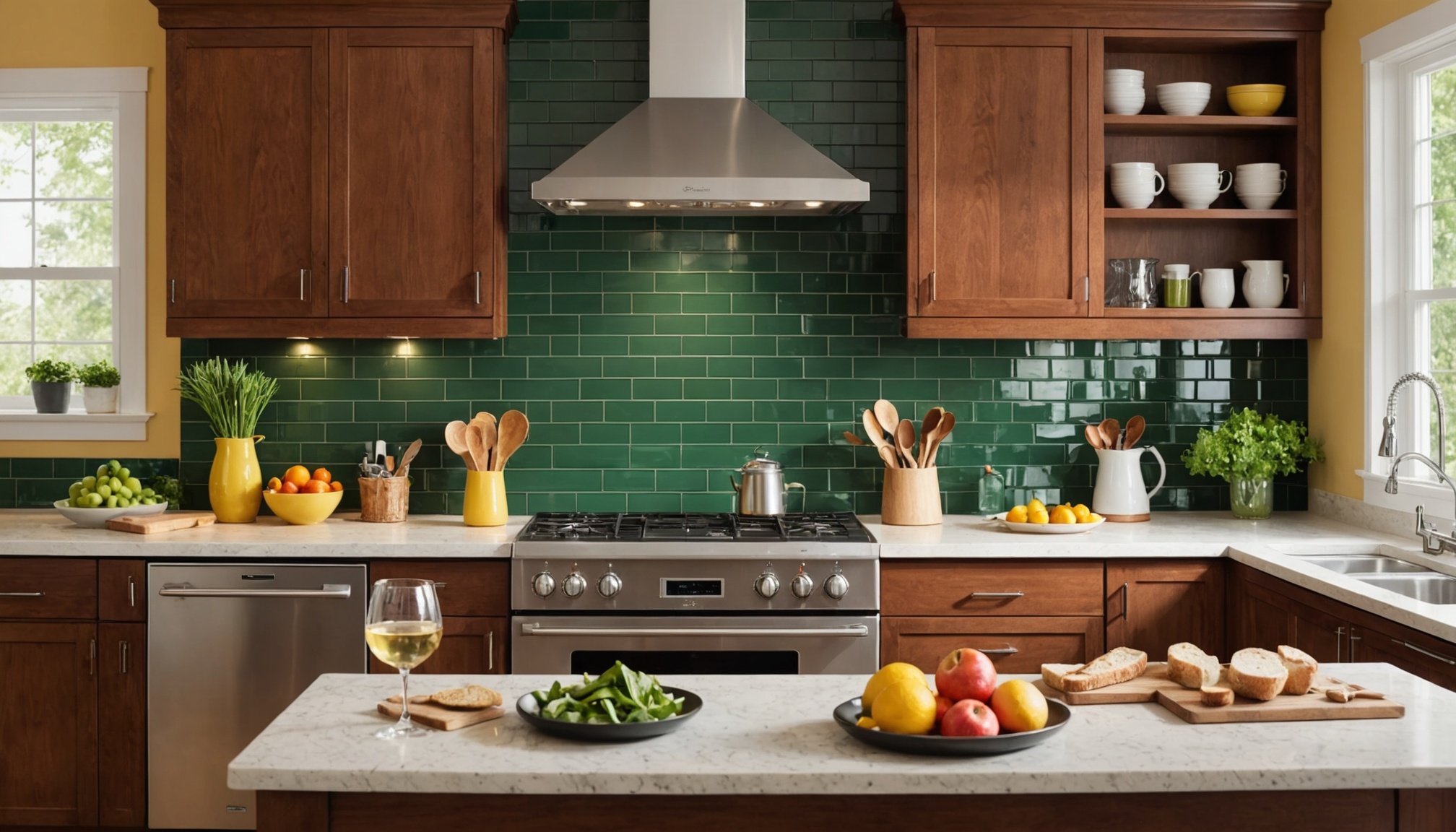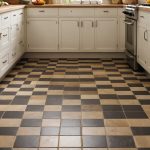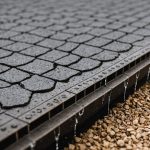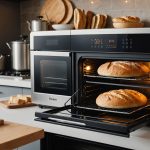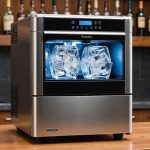Transforming Your Kitchen: Creative Strategies for an Allergen-Free and Healthier Home
When it comes to creating a healthier and more comfortable living space, the kitchen is often the heart of the home where significant changes can make a substantial impact. For individuals and families dealing with food allergies, intolerances, or simply looking to reduce allergens, transforming your kitchen into an allergen-free zone is a worthwhile endeavor. Here’s a comprehensive guide to help you achieve this goal.
Understanding the Importance of an Allergen-Free Kitchen
Before diving into the strategies, it’s crucial to understand why an allergen-free kitchen is essential. Food allergies and intolerances can be severe and even life-threatening. Common allergens include gluten, dairy, nuts, and shellfish, among others. An allergen-free kitchen not only ensures the health and safety of family members but also makes meal preparation more manageable and stress-free.
In parallel : Crafting a Kitchen Oasis: Designing Your Ideal Fermentation Station
“As someone who has a severe gluten intolerance, having an allergen-free kitchen has been a game-changer. It’s no longer a constant worry about cross-contamination,” says Sarah, a mother of two who has implemented several allergy-friendly changes in her home.
Choosing the Right Flooring and Surfaces
The first step in transforming your kitchen is to focus on the flooring and surfaces. These areas can harbor allergens like dust, dander, and pollen, which can exacerbate respiratory issues and other allergies.
This might interest you : Crafting an Energy-Efficient Kitchen: Smart Strategies for Electric Appliance Use
Allergen-Free Flooring Solutions
Opting for allergen-free flooring solutions can significantly reduce the presence of allergens in your kitchen. Here are some options:
- Hardwood Flooring: Hardwood floors are easy to clean and less likely to trap allergens compared to carpeted floors.
- Tile Flooring: Tile floors, whether ceramic, porcelain, or natural stone, are highly durable and easy to maintain.
- Luxury Vinyl Tiles (LVT): LVTs are versatile, waterproof, and resistant to dust and allergens[1].
Eco-Friendly Surfaces
When it comes to countertops and other surfaces, choosing eco-friendly and allergy-friendly materials is key.
- Granite Countertops: Granite is a natural, non-porous material that is easy to clean and resistant to allergens.
- Quartz Countertops: Quartz is another non-porous option that is durable and easy to maintain.
- Stainless Steel Appliances: Stainless steel appliances are easy to clean and less likely to harbor allergens compared to other materials[2].
Cleaning Practices for an Allergen-Free Kitchen
Effective cleaning practices are essential for maintaining an allergen-free kitchen. Here are some eco-friendly cleaning methods and tips:
Eco-Friendly Cleaning Products
Using eco-friendly cleaning products can help reduce the presence of harsh chemicals that can exacerbate allergies.
- Natural Cleaning Agents: Opt for cleaning products made from natural ingredients like baking soda, vinegar, and lemon juice.
- Plant-Based Cleaners: Choose plant-based cleaners that are free from harsh chemicals and artificial fragrances[3].
Regular Cleaning Schedule
Maintaining a regular cleaning schedule can help keep your kitchen allergen-free.
- Daily Cleaning: Clean up spills and crumbs immediately to prevent dust and allergens from accumulating.
- Weekly Deep Cleaning: Perform a deep clean of your kitchen once a week, focusing on areas like the refrigerator, oven, and countertops.
- Monthly Sanitizing: Sanitize all surfaces, including faucets and light switches, to reduce the spread of allergens and germs.
Allergy-Friendly Recipes and Meal Planning
Cooking allergy-friendly meals is a crucial aspect of maintaining an allergen-free kitchen. Here are some tips and recipes to get you started:
Understanding Dietary Restrictions
Before you start cooking, it’s important to understand the dietary restrictions of your family members.
- Gluten-Free Recipes: For those with gluten intolerance, opt for gluten-free flours like almond flour, coconut flour, or rice flour.
- Dairy-Free Recipes: Use dairy-free alternatives like almond milk, soy milk, or coconut milk.
- Plant-Based Recipes: Plant-based diets can be highly beneficial for those with food allergies. Focus on ingredients like fruits, vegetables, and legumes.
Cross Contamination Prevention
Cross contamination is a significant risk in kitchens where multiple types of food are prepared. Here are some tips to prevent cross contamination:
- Separate Utensils and Equipment: Use separate utensils and equipment for different types of food.
- Labeling and Storage: Label and store ingredients and prepared meals clearly to avoid mix-ups.
- Cleaning Between Preparations: Clean all surfaces and utensils thoroughly between preparations to prevent cross contamination.
Practical Tips for Allergy Management in the Kitchen
Managing allergies in the kitchen requires a combination of the right strategies and practical tips. Here are some actionable advice and insights:
Creating an Allergy-Friendly Pantry
- Stock Allergy-Friendly Ingredients: Ensure your pantry is stocked with allergy-friendly ingredients.
- Gluten-free flours
- Dairy-free milks
- Nut-free snacks
- Plant-based protein sources
Meal Planning and Recipes
- Plan Meals in Advance: Plan your meals in advance to ensure you have all the necessary ingredients.
- Gluten-Free Baking: Try gluten-free baking recipes using ingredients like almond flour and coconut sugar.
- Dairy-Free Cooking: Use dairy-free alternatives in recipes like soups, stews, and casseroles.
- Plant-Based Meals: Explore plant-based meal options like stir-fries, salads, and legume-based dishes.
Example Recipes
Here are a few allergy-friendly recipes to get you started:
-
Gluten-Free Banana Bread
-
2 cups almond flour
-
1 cup coconut sugar
-
3 ripe bananas
-
1/2 cup coconut oil
-
2 eggs
-
1 tsp vanilla extract
-
Dairy-Free Quinoa Salad
-
1 cup quinoa
-
2 cups water
-
1 cup mixed vegetables (bell peppers, carrots, zucchini)
-
1/4 cup olive oil
-
2 tbsp lemon juice
-
Salt and pepper to taste
Table: Comparing Allergen-Free Flooring Options
| Flooring Type | Ease of Cleaning | Durability | Allergen Resistance | Cost |
|---|---|---|---|---|
| Hardwood | High | High | High | Moderate |
| Tile | High | High | High | Moderate to High |
| Luxury Vinyl Tiles (LVT) | High | High | High | Moderate to High |
Detailed Bullet Point List: Eco-Friendly Cleaning Practices
-
Use Natural Cleaning Agents:
-
Baking soda for scrubbing surfaces
-
Vinegar for disinfecting
-
Lemon juice for natural fragrance
-
Choose Plant-Based Cleaners:
-
Opt for cleaners made from natural ingredients
-
Avoid cleaners with harsh chemicals and artificial fragrances
-
Maintain a Regular Cleaning Schedule:
-
Daily: Clean up spills and crumbs immediately
-
Weekly: Deep clean high-touch areas and appliances
-
Monthly: Sanitize all surfaces and utensils
-
Use Microfiber Cloths:
-
Microfiber cloths are effective at picking up dust and allergens without the need for chemicals
-
Avoid Strong Chemicals:
-
Strong chemicals can exacerbate allergies and respiratory issues
-
Opt for gentle, eco-friendly alternatives instead
Quotes and Insights from Experts
“Creating an allergen-free kitchen is not just about avoiding specific foods; it’s also about maintaining a clean and healthy environment. Eco-friendly cleaning practices and the right flooring choices can make a significant difference,” says Dr. Jane Smith, an allergist specializing in food allergies.
“Meal planning is key to managing allergies in the kitchen. By planning ahead and stocking your pantry with allergy-friendly ingredients, you can ensure that every meal is safe and enjoyable for everyone,” adds Chef John Doe, who specializes in allergy-friendly cooking.
Transforming your kitchen into an allergen-free and healthier space is a multifaceted process that involves the right flooring, surfaces, cleaning practices, and meal planning. By choosing allergen-free flooring solutions, adopting eco-friendly cleaning methods, and preparing allergy-friendly meals, you can create a safe and comfortable living environment for everyone in your home.
Remember, every small change counts, and with the right strategies and practical tips, you can make your kitchen a haven for health and well-being. So, take the first step today and start transforming your kitchen into an allergen-free zone that promotes health, comfort, and peace of mind.

